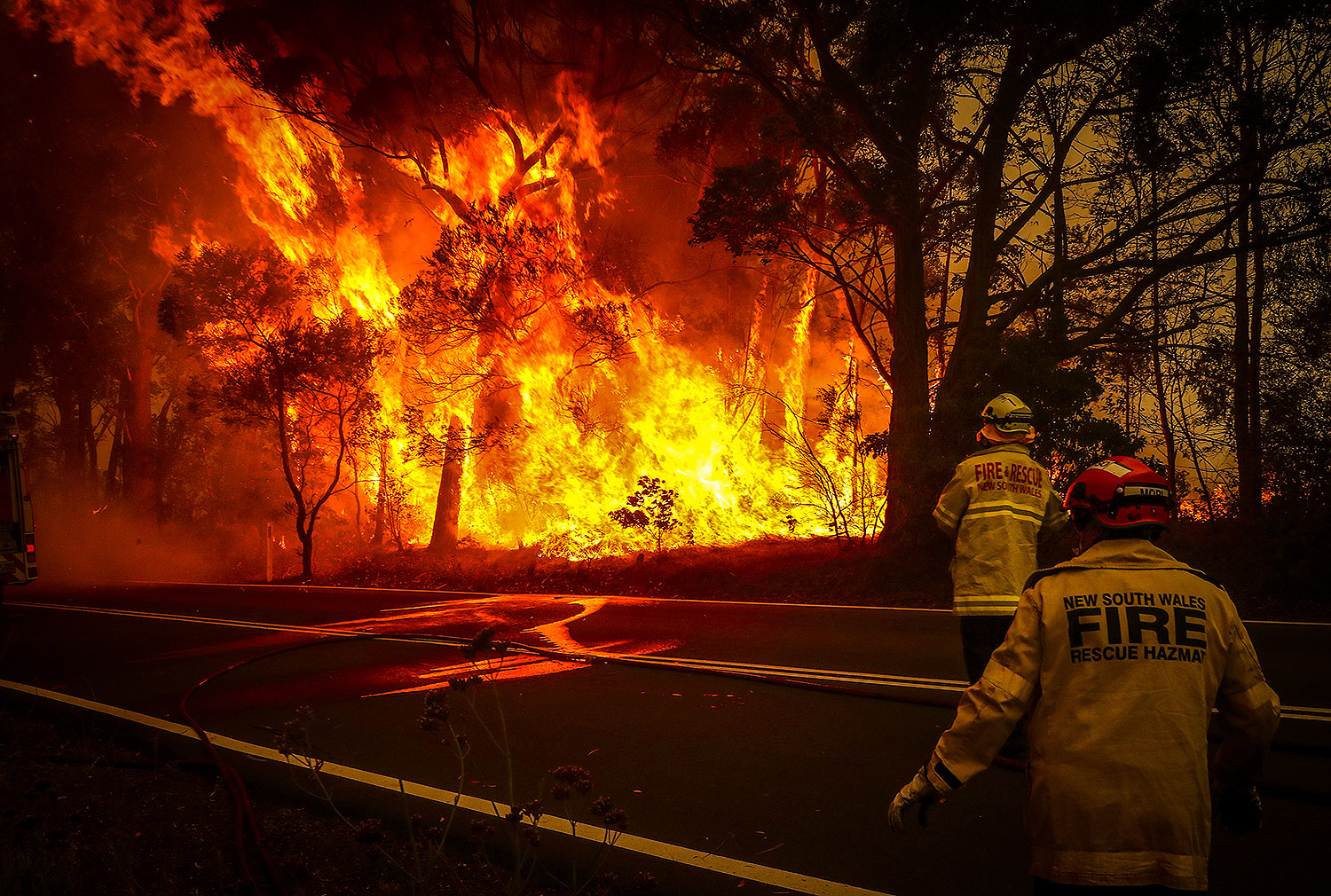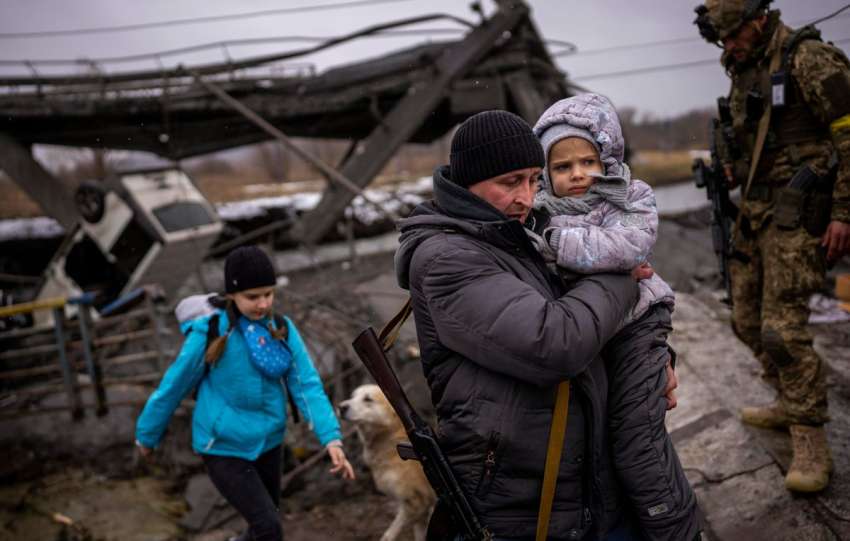Australia has been fighting with bushfires since September 2019, but the blazes don’t seem to be settling anytime soon. These wildfires in Australia are so bad that now they are triggering their thunderstorms.
This fire season has been one of the worst in Australia’s history. At least 15 people killed, and the number is still going up. Thousands of homes destroyed, and millions of acres burned. Thousands of residents and vacationers in south-eastern Australia were forced to evacuate to shorelines as fires encircled communities.
Where are the fires?
There have been fires in every Australian state, but New South Wales has been the hardest hit. Some of Australia’s largest cities have also been affected, including the main cities Melbourne and Sydney.
 Now the big question: What is causing the fires?
Now the big question: What is causing the fires?
Each year there is a fire season during the Australian summer, with hot, dry weather making it easy for blazes to start and spread. But, this record-breaking year temperatures and strong hot winds have converged to create disastrous fire conditions. The whole country faced severe heat in mid-December. Australia recorded its hottest day on record, with average highs of 107.4 degrees.
he extreme heat has followed the driest spring on record. Most of the new South Wales and Queensland have been experiencing shortfalls in the rain since early 2017. The drought has hit the country’s most productive agricultural areas, including some of those now ablaze.
Why are they spreading too quickly?
Bushfires stay alight and spread for many reasons, including wind speed, temperature, and the amount of debris in the way. A combination of the intense heat and strong winds during Australia’s summer months has made the fires spread rapidly across parts of the country. The direction of the wind also has a massive effect on the areas that are being affected by the flames.
Entire towns have been engulfed in flames, and residents across several states have lost their homes. The heaviest structural damage occurred in NSW, the country’s most populated state, where 1,588 homes have been destroyed and over 650 damaged. More than 7.3 million hectares have been burned across Australia’s six states. The worst-affected state is NSW, with more than 4.9 million hectares (12.1 million acres) burned.
About half a billion animals have been affected by the fires across New South Wales. The number of total animals affected could be as high as one billion nationwide, according to ecologists from the University of Sydney.
Almost a third of koalas in New South Wales have been killed in the fires, and a third of their habitat has been destroyed, said Federal Environment Minister Sussan Ley. Some species, like koalas, aren’t in any immediate danger of extinction because they are spread out across the country, said the university ecologists. But others that live in more niche environments with lower populations, including certain types of frogs and birds, could be wiped out entirely if the fires hit their habitats.
How is Australia dealing with the situation?
More than 2,000 firefighters are working on the ground in New South Wales alone. The US, Canada, and New Zealand have sent additional firefighters to help. The government has also sent military, air force aircraft, and navy cruisers for firefighting, evacuation, search and rescue, and clean-up efforts.
The Morrison administration has also allocated 3 billion Australian dollars ($2 billion) in federal aid to help rebuild vital infrastructure.
Unfortunately, Australia is only just entering its summer season. Usually, temperatures peak in January and February, meaning the country could be months away from finding relief. The fires are unlikely to end entirely since they are an annually occurring event, and may even get worse in recent years are a guide.
Is climate change to blame?
Australia usually is hot and dry in the summer, but climate change, which brings longer and more frequent periods of extreme heat, worsens these conditions. Climate scientists warn that the scale and devastation of the wildfires are clear examples of the way climate change can intensify natural disasters.
“We are facing another extremely difficult period,” Morrison said at a televised news conference. “In recent times, particularly over the course of the balance of this week, we have seen this disaster escalate to an entirely new level.”
It’s climate change, and there’s no doubt about it. The whole country is going to be affected, and the world needs to take a serious look at our future. The country is one of the world’s biggest per-capita greenhouse gas emitters, but under international agreements, it has committed itself to reduction targets.
Australian bushfires are a clear warning to the world. Are we ready to act?
“Climate change is making these disasters worse, and these disasters are making climate change worse.”







